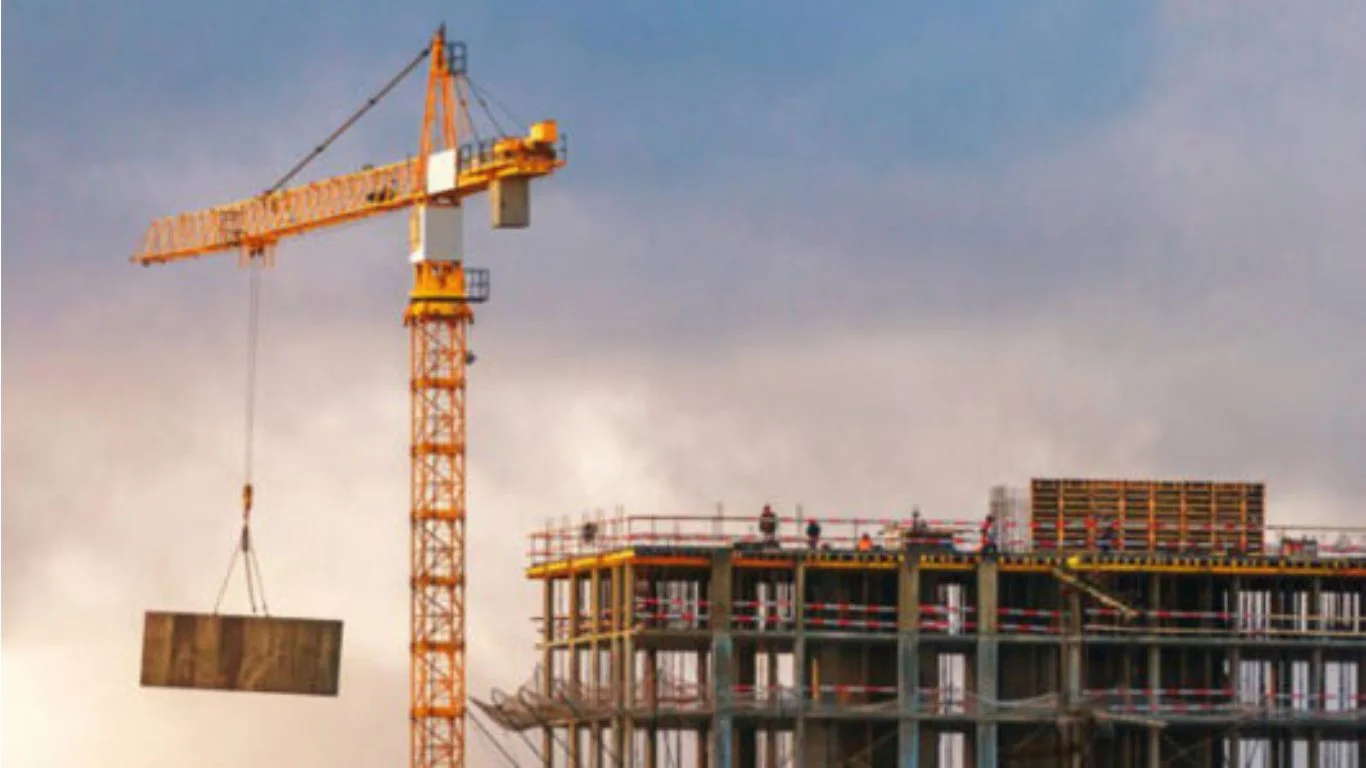Prefabrication is a new age construction technology that has been widely adopted in the developed countries. However, digging deeper into research shows that the concept of prefabrication has been existing for more than few hundred years.
Were you aware?
- That in 17th century panelled wood houses were transported from Britain for a fishing fleet in Massachusetts and were relocated and reassembled quite a few times.
- In 19th century a carpenter in London built a portable cottage for transporting to Australia
So the concept of offsite construction followed by onsite assembly has found itself in history long ago. There are further references of various eminent construction work in parts of Europe that depict offsite construction.
Today, prefabricated modular construction and the process of pre engineering is widely accepted. In India, the industrial sector has seen widespread acceptance in the recent years. The government and PSUs have started adopting this technology too. While there are many reasons for this popularity, the fact that prefab enables quick construction and is eco-friendly have propelled its growth worldwide.
In another two years, the global prefabricated building is project to grow further and will have an estimated market size of $135,945.6 Million at a CAGR of 5%. While anything new takes time to come to the mainstream, the traditional construction industry is changing slowly. Today, prefabrication is the most preferred way of construction is industrial and commercial sectors, other than the fact that container homes are immensely popular in some countries.
Some of the major reasons for people to adopt to prefabrication are:
- Ever increasing population creates demand for quick spaces.
- Rapid Industrialisation and urbanisation of population
- Global growth of FDI in the construction and infrastructure sector
- Increased renovation and new construction due to a surge in disposable
- Need for eco-friendly mode of construction so that minimal waste is produced.
While there is a belief that with off site construction, the flexibility to make changes and alterations reduces. However, with prefabrication it is different because factors like dimensions, load capacity and structural strength are worked out beforehand. The entire building is drawn out with all the technical details, after which production work begins.
The growth of modular prefabricated construction is a rising curve
Industry experts predict that the largest development in construction among all the industries is likely to happen in warehousing, manufacturing, commercial, education and health care. The biggest USP of prefabrication is the speed of construction. While there is consistent effort to innovate and make it more environmentally sustainable compared to traditional construction, modular prefabrication is seeing an unprecedented growth in the industry.
EPACK Prefab is one of the fastest growing prefabricated construction company in India. With 24 years of manufacturing experience, we have been fortunate to be a key contributor in the infrastructure growth of the country. Till date, we have covered 7 million square ft of area with prefabrication. Our product spans over a wide range serving industrial, commercial, infrastructure and institutional sectors.











